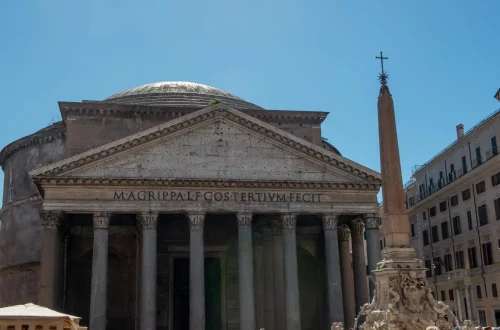When embarking on the journey to obtain dual citizenship, one of the first crucial decisions is choosing where to apply for Italian citizenship. There are three main options: applying directly in Italy, at the Italian consulate in your country of residence, or through the Italian courts. Each option has its own set of advantages and challenges, and understanding these can help you make an informed decision.
Applying in Italy: the classic route
Applying for Italian citizenship directly in Italy can be one of the fastest ways to obtain it, especially for those who qualify by descent. This route allows you to immerse yourself in Italian culture and potentially expedite the process. Being physically present in Italy can also make it easier to handle any issues that arise during the application process.
To apply in Italy, you must register as a resident in an Italian commune (municipality). This involves finding a place to live and registering your address with the local authorities. Once registered, you must remain in Italy for the duration of the application process, which can take around three months. This requirement means you cannot travel extensively during this period. Additionally, this route can be more expensive due to the costs of living in Italy and the need for a stable residence.
Applying in the country of residence via consulate
For those living outside of Italy, applying through the Italian consulate in your country of residence is a practical alternative. This method is often more convenient and cost-effective, as it eliminates the need to relocate to Italy. You can continue your daily life while your application is processed.
However, the consular route can be the most time-consuming and bureaucratic. The waiting times can vary significantly, ranging from several months to years, depending on the demand at your local consulate. Ensuring that all your documentation is accurate and complete is crucial to avoid delays. This process requires patience and meticulous attention to detail, as any errors can prolong the waiting period.
Applying through the courts
The judicial route is a viable option for those facing specific challenges, such as descendants of Italian women who gave birth before 1948 or individuals with problematic documentation. This method allows you to apply for citizenship through the Italian judicial system, even while residing abroad. It can be a cost-effective and efficient solution, especially for complex cases.
Applying through the courts allows multiple applicants to proceed in a single process. For instance, if you, your siblings, and other relatives want to apply for Italian citizenship through the judicial system, you can do so with one application, even if you don’t live in the same consular region or jurisdiction. This approach provides an opportunity to share expenses and streamline the process for multiple applicants.
This route requires hiring a specialist lawyer or consultancy to represent your case in Italy. These professionals can navigate the legal complexities and ensure that your application is handled correctly. While this option involves legal fees, it can be less stressful and more straightforward than managing the process independently.
Which option is best for you?
Each pathway to Italian citizenship has its pros and cons. Applying in Italy can be quick but requires physical presence and higher expenses. The consular route is convenient and cost-effective but can be slow and bureaucratic. The judicial route is efficient and less complicated but requires legal assistance.
Ultimately, the best option on where to apply for Italian citizenship depends on your specific circumstances, such as your ability to relocate, your budget, and the complexity of your case. It is advisable to evaluate your situation carefully and consult with experts to determine the most suitable strategy for your application. By understanding the nuances of each option, you can make an informed decision and embark on your journey to Italian citizenship with confidence.If you need help to navigate the Italian citizenship process, consider hiring io.citizen’s services. Our team of experts is ready to guide you on your journey to Italian citizenship. Contact us today!
Take advantage of specialized assistance to secure your passport for a borderless future.






